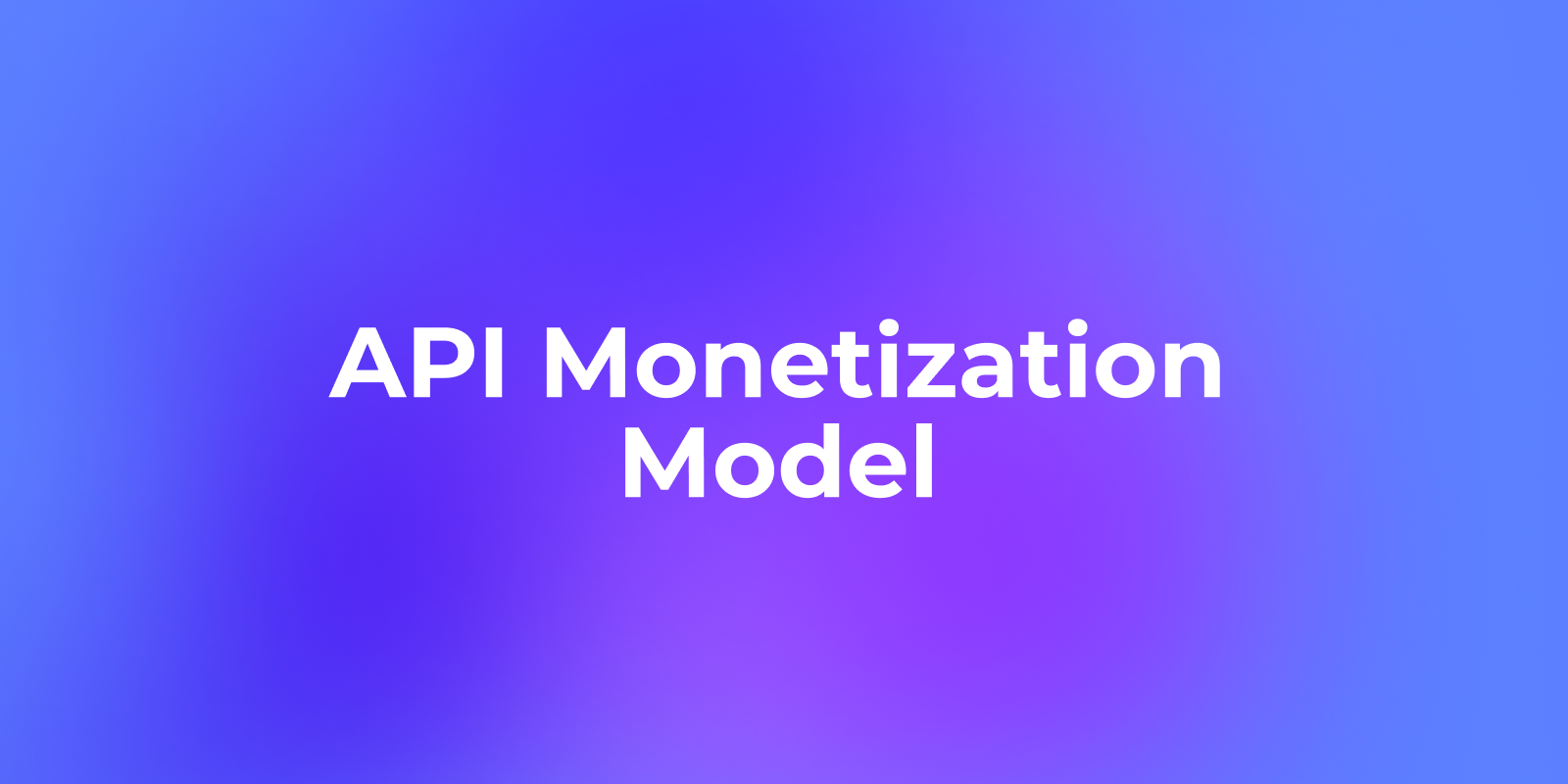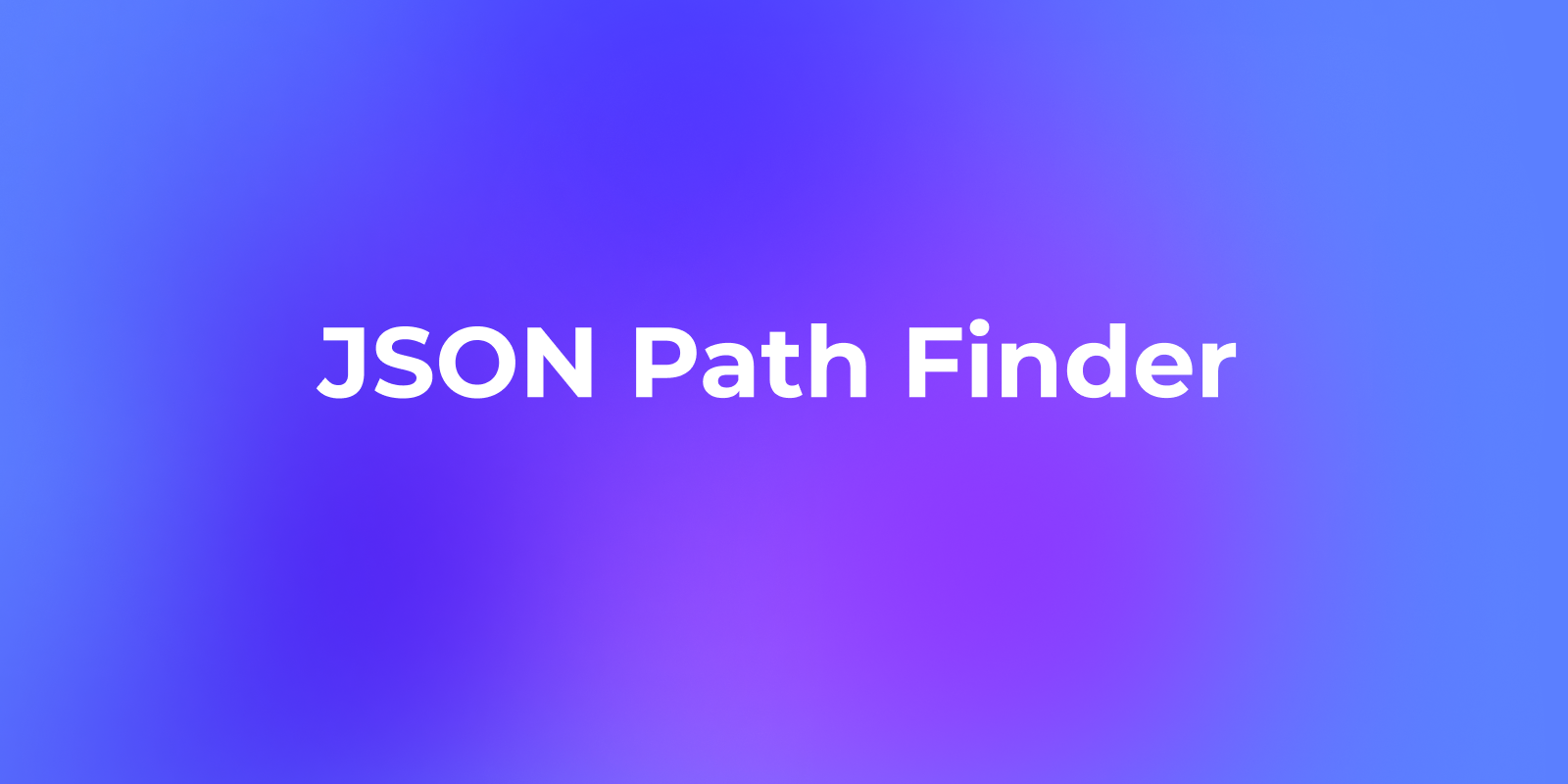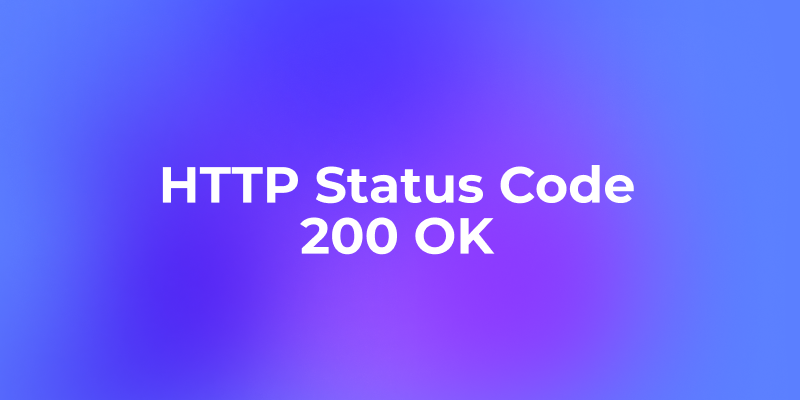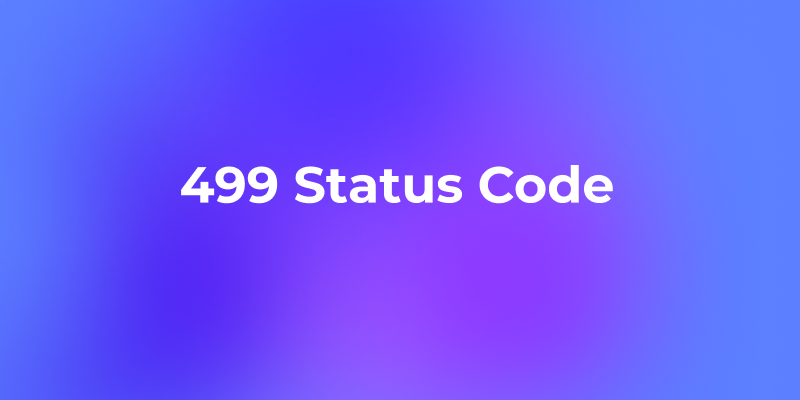An API monetization model is the strategy a company uses to earn revenue from its APIs. It defines who gets access, how usage is priced (or not priced), and how value moves between providers, partners, and end users. Think of it as your go‑to-market plan for APIs: packaging, pricing, distribution, and control.
At a high level, organizations monetize in two ways:
- Direct monetization: charging developers or partners for access and usage
- Indirect monetization: using APIs to expand reach, lower costs, or increase conversion—then capturing value elsewhere (ads, subscriptions, upsells)
Successful API monetization is less about clever pricing and more about fit:
- Is there a unique capability that users can’t easily build themselves?
- Does your API deliver measurable value—speed, data quality, reach, or compliance?
- Can you control access, secure sensitive data, and provide reliable documentation?
API monetization also spans internal value creation. Many enterprises treat APIs as products for internal teams, unlocking speed, reuse, and lower integration costs. That value doesn't show up as API invoices, but it absolutely improves margins—and paves the way for external revenue later.
In short, an API monetization model aligns business value with technical capability and access control. Choose how you'll package the capability, who can use it, and how you'll measure value returned. Then iterate—because the market will nudge your model in unexpected ways.
Types of API Monetization Models
There is no single best model. Most providers mix approaches by audience, tier, or channel. Below is a quick map you can adapt.
Model | How it Works | Best For | Risks |
Freemium | Free tier + paid limits/features | Developer growth, startups | Abuse, unclear upgrade path |
Pay‑as‑you‑go | Price per call/unit | Predictable usage, clear unit economics | Spiky bills, cost anxiety |
Subscription tiers | Fixed monthly plans by quota/features | B2B teams, budget certainty | Over/under‑provisioning |
Enterprise contracts | Custom SLAs, pricing, support | Regulated industries, large buyers | Long sales cycles |
Revenue share/affiliate | You take a % of transactions | Marketplaces, fintech, e‑commerce | Disputes, compliance |
Indirect (exposure) | Content/data syndication drives other revenue | Media, listings, ads | Harder to attribute ROI |
Partner/B2B enablement | APIs offered to partners to sell more | Insurance, travel, SaaS | Governance, fragmentation |
Internal monetization | Time saved, reuse, lower integration costs | Enterprises at scale | Value is indirect, needs metrics |
Best practices when choosing:
- Anchor pricing to clear value metrics (transactions, verified listings, GB processed)
- Keep a generous but safe free tier to grow adoption without risking abuse
- Offer plan "escape hatches" (overage pricing, burst allowances) to avoid hard stops
- Separate access control from pricing logic—access must remain enforceable even if plans change
- Document terms in plain language and keep docs current
Each model benefits from strong governance. Rate limits, identity/authorization, and clear documentation are your guardrails. Without them, even the smartest model becomes hard to enforce—and harder to sell.
How People Are Making Money From APIs
Real‑world monetization tends to be pragmatic. Teams blend direct billing with reach and distribution plays. A few common patterns:
- Partner exposure (B2B): Banks, insurers, and travel brands expose quoting, pricing, or booking APIs to partners. Example moves from the field: insurance estimators embedded in dealer sites; hotel room booking via affiliates; real‑estate listing feeds for aggregators. Value shows up as higher lead quality and lower acquisition cost.
- Content syndication (indirect): Media, marketplaces, and social apps syndicate data via APIs to extend reach—more eyeballs, more clicks, more ads or subscriptions. Think listings, reviews, or news.
- Transaction participation (revenue share): Marketplaces and fintech APIs take a small cut of successful transactions initiated via their endpoints.
- Developer growth engines (freemium → paid): Offer generous free tiers to seed adoption, then convert on usage, enterprise features, or support obligations.
- Internal efficiency: Even without external billing, enterprises win by using APIs to integrate systems faster, standardize processes, and launch new channels—monetization appears as lower costs and faster time‑to‑market.
Concrete scenarios from across industries:
- eCommerce/payments: Checkout, fraud scoring, shipping rates—billed per transaction or tiered plan
- Mobility/food delivery: Ordering, dispatch, tracking—indirect revenue via channel expansion
- Messaging/productivity: App ecosystems (think Slack‑style)—indirect stickiness; direct billing for premium features
- Weather/streaming data: Syndication drives subscriptions and advertising
What separates winners? Clear value, trustworthy docs, predictable uptime, and sane limits. If developers can try fast, integrate cleanly, and understand the rules, they’ll build with you—and pay you.
Implementing API Monetization With Apidog
Apidog is the all‑in‑one API development platform that helps you move from idea to monetization without juggling a dozen tools. Design, mock, test, document, debug and publish—inside one collaborative workspace.
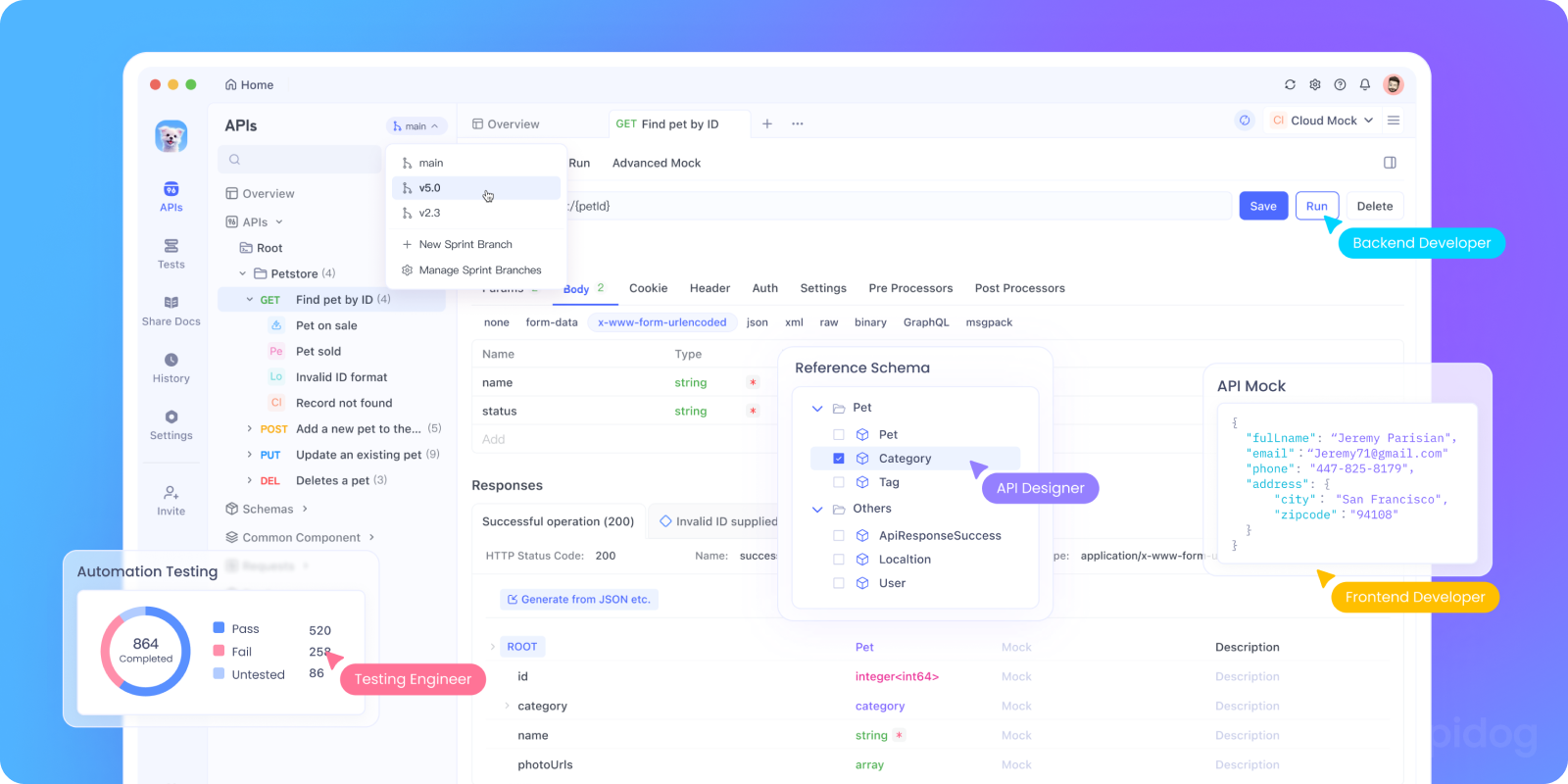
Where Apidog helps most:
- Specification‑first development: Keep your API as a single source of truth; auto‑generate requests, mock data, and tests
- Testing that keeps you honest: Visual assertions, automated response validation, and CI‑friendly runners
- Documentation to win trust: Generate clean, interactive docs and keep them in lockstep with your spec
- Publish and grow with API Hub: List public APIs on Apidog API Hub so developers can discover and try them
- Control access to your APIs and docs: Choose the right visibility for your audiences. Documentation controls matter for monetization. You can run a public free tier while restricting premium docs to partners, provide IP‑based access for enterprise pilots, or invite specific emails to review a new API. Governance is not an afterthought—it's the engine that lets pricing and packaging stick.

- Tailor audiences: Publish multiple doc sites with different endpoint sets and policies for partners vs. the public.
Apidog reduces the friction that kills monetization attempts: outdated docs, brittle tests, and unclear visibility rules. With one platform, your team stays aligned, your docs stay accurate, and your access policies stay enforceable.
Conclusion: Pick a Model, Ship Value, Enforce Access
API monetization is not a single play—it's a portfolio. Freemium grows adoption, subscriptions stabilize revenue, pay‑as‑you‑go aligns cost to value, and partner channels open doors you can't reach alone. Indirect models amplify brand and distribution; internal APIs unlock speed and margin. The right answer is rarely either/or. It’s both/and.
To make any model work, you need three pillars: clear value, trustworthy developer experience, and enforceable access. That means great specs, honest tests, live docs, and governance that matches your pricing. Miss any one of these and the model wobbles.
This is where Apidog earns its keep. By unifying API development, API testing, documentation, and publication—plus practical controls like Public/Password/IP/Email/Custom Login and the API Hub—Apidog gives you the rails to launch fast and grow safely. Start with a free tier, court partners with a gated doc site, and evolve pricing as you learn—without re‑platforming.
If you're ready to turn APIs into revenue—directly or indirectly—start where success compounds: a single source of truth for specs, tests, and docs, and access controls that fit your business. Try Apidog today and build an API business that lasts.
